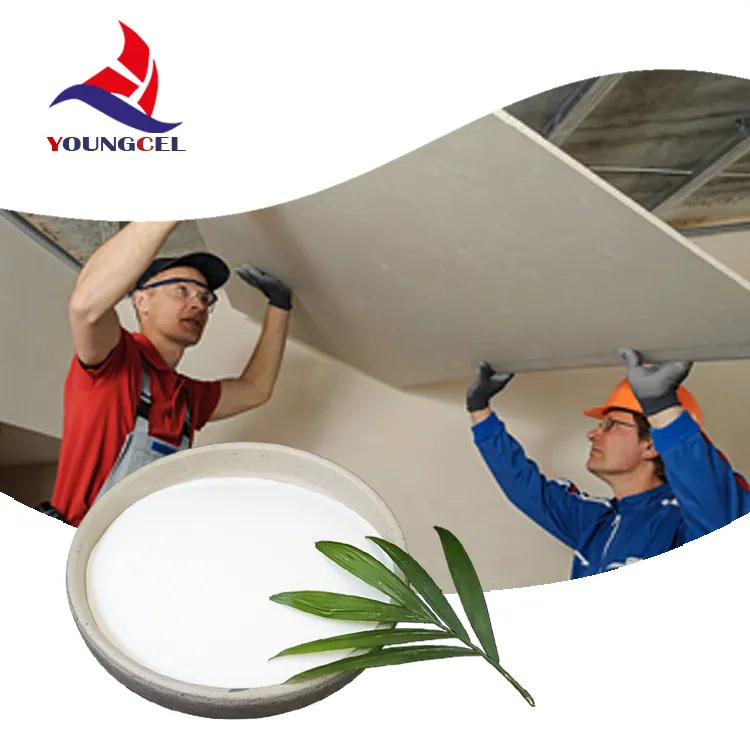Understanding Hydroxypropyl Methylcellulose (HPMC) Properties, Applications, and More
Hydroxypropyl Methylcellulose (HPMC) is a versatile synthetic polymer derived from cellulose. It is widely used in various industries due to its multifaceted properties, including thickening, emulsifying, and film-forming capabilities. As a non-toxic, biodegradable substance, HPMC is considered safer than several synthetic chemicals, making it a popular choice in food, pharmaceutical, cosmetic, and construction industries.
Chemical Structure and Properties
HPMC is created by chemically modifying cellulose, a natural polymer found in plant cell walls. The modification involves the introduction of hydroxypropyl and methoxy groups to the cellulose chain, altering its solubility and physical properties. HPMC is available in various grades, which are characterized by their viscosity, degree of substitution, and solubility profiles.
One of the key properties of HPMC is its ability to form gels when mixed with water. This gel-forming capability is temperature-dependent; HPMC solutions are typically more viscous when heated, allowing it to be used effectively in applications that require temperature management. Additionally, HPMC is pH-stable, which means it maintains its functionality across a range of acidic and alkaline environments.
Applications of HPMC
1. Pharmaceutical Industry HPMC is extensively used as a binder in tablet formulations, ensuring uniformity in distribution and control over the release of active ingredients. Its film-forming properties allow for the creation of controlled-release medications, which enhance therapeutic efficacy while minimizing side effects.
hydroxypropyl methylcellulose hpmc

2. Food Industry In the food sector, HPMC serves as a thickening agent, stabilizer, and emulsifier. It is commonly found in gluten-free baking, helping to manage moisture and improve texture. Its ability to retain water also prevents spoilage, extending the shelf life of various food products.
3. Cosmetics and Personal Care HPMC is a crucial ingredient in cosmetics and personal care items. Its thickening properties provide desirable viscosity in creams and lotions, while its film-forming abilities enhance the texture and feel of these products on the skin. Furthermore, HPMC acts as a stabilizer for emulsions, ensuring the long-term stability of formulations.
4. Construction Industry In construction, HPMC is used as an additive in cement and plaster. It improves workability, enhances adhesion, and allows for better water retention. The inclusion of HPMC in construction materials leads to increased durability and performance, which is vital for modern building practices.
Environmental Considerations
Given the growing emphasis on sustainability, HPMC stands out due to its biodegradable nature. As a cellulose derivative, HPMC breaks down naturally in the environment, making it an attractive option for eco-conscious consumers and manufacturers alike. This aligns with the global trend towards reducing the ecological footprint of industrial processes and products.
Conclusion
Hydroxypropyl Methylcellulose is a remarkable substance that bridges a wide array of industries, boasting properties that address various functional needs. Its applications in pharmaceuticals, food, cosmetics, and construction underscore its importance in modern formulations. As industries evolve and prioritize sustainability, HPMC's biodegradable nature ensures that it will remain a valuable resource. The versatility and functionality of HPMC continue to drive innovation, making it an essential component in product development across multiple sectors. As research progresses and more applications are discovered, HPMC may further solidify its status as a crucial player in the realm of synthetic polymers.
-
The Versatility of Industrial Additives: Mhec, Hpmc, And Wall Putty SolutionsNewsMar.28,2025
-
The Importance of HPMC in Modern IndustriesNewsMar.28,2025
-
Partnering with Reliable Manufacturers for Optimal ResultsNewsMar.28,2025
-
Enhancing Construction Performance with Redispersible Polymer PowdersNewsMar.28,2025
-
Enhancing Construction and Household Products with Advanced AdditivesNewsMar.28,2025
-
Building Strong Foundations with Key Construction MaterialsNewsMar.28,2025






